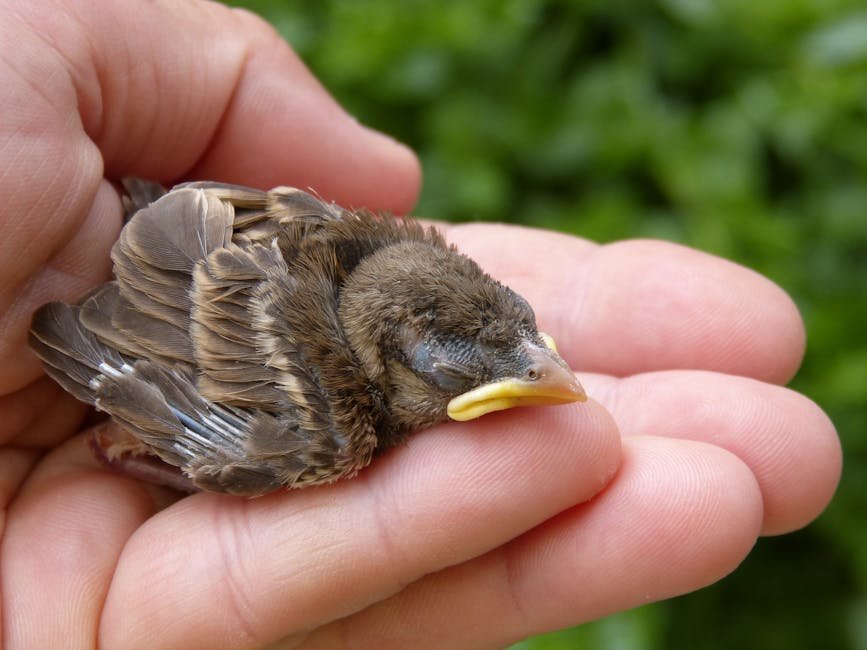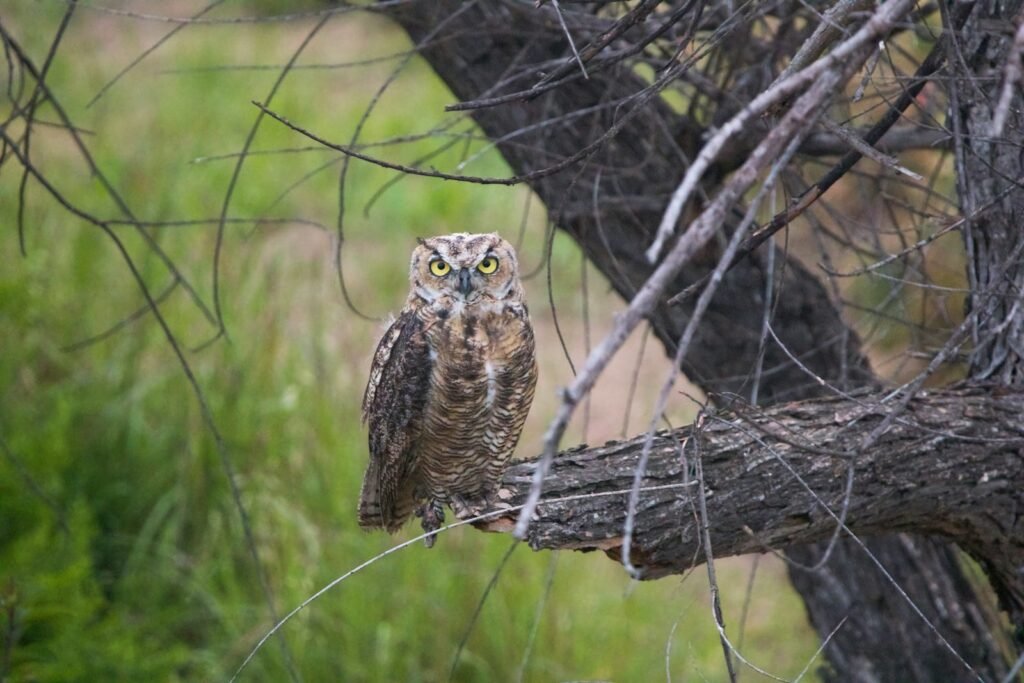Nature is vast and mysterious, often sparking tales and beliefs that can sometimes lead us astray. While many of these myths bring intrigue and wonder, it’s important to separate fact from fiction. From misunderstood animal behaviors to exaggerated natural phenomena, our fascination with nature often leads to the creation of myths that capture our imagination. Let’s delve into ten nature myths you might believe but aren’t true and uncover the real science behind them.
Myth 1: Bats Are Blind

Many people have heard the phrase “blind as a bat,” suggesting that these nocturnal creatures lack vision. In reality, bats are far from blind. Most species of bats have perfectly functioning eyes that allow them to see quite well, especially at night. While they rely heavily on echolocation to navigate and hunt in the dark, their eyesight complements this ability. The myth likely stems from their erratic flight patterns, which can appear chaotic to human observers. This dual reliance on vision and echolocation makes bats incredibly adept hunters.
Myth 2: Lightning Never Strikes the Same Place Twice
The idea that lightning doesn’t strike the same place twice is a comforting thought, but it couldn’t be further from the truth. In reality, lightning can and often does strike the same location multiple times, especially if it’s a tall, isolated structure like a skyscraper or a mountain peak. The Empire State Building, for example, is struck by lightning about 23 times per year. This myth likely originated because people rarely witness such events firsthand, leading to misconceptions about lightning’s behavior.
Myth 3: Touching a Baby Bird Will Make Its Mother Reject It

Many bird lovers are hesitant to touch a baby bird for fear that it will be rejected by its mother. However, most birds have a limited sense of smell and are unlikely to abandon their chicks due to human scent. If you find a baby bird out of its nest, it’s generally safe to return it, provided you do so carefully. The myth may have originated as a cautionary tale to prevent unnecessary interference with wildlife, but it lacks scientific backing.
Myth 4: Goldfish Have a Three-Second Memory

The belief that goldfish have a three-second memory is a long-standing myth. In truth, goldfish have impressive memory capabilities and can remember things for months. Studies have shown that goldfish can be trained to navigate mazes, recognize different shapes, and even associate certain sounds with feeding times. This myth likely persists due to the simple nature of fish tanks, where repetitive swimming patterns create the illusion of forgetfulness.
Myth 5: Ostriches Bury Their Heads in the Sand

The image of an ostrich burying its head in the sand to avoid danger is a classic misconception. In reality, ostriches do not hide their heads in the sand. When faced with threats, these large birds rely on their powerful legs to run at impressive speeds. The myth may have originated from the ostrich’s behavior of pecking at the ground or lying low when nesting, but these actions are far from a form of avoidance.
Myth 6: Wolves Howl at the Moon

Wolves are often depicted howling at the moon in popular culture, but this behavior is a myth. While wolves do howl, it’s not directed at the moon. Howling serves as a means of communication among pack members, helping them coordinate movements and establish territory. The visual alignment of a wolf’s upward howl and the moon in the night sky has likely contributed to this enduring myth. Wolves use their vocal prowess for practical reasons rather than lunar admiration.
Myth 7: Lemmings Commit Mass Suicide

The myth of lemmings committing mass suicide by jumping off cliffs is a dramatic tale with little basis in reality. This misconception was popularized by a 1958 Disney documentary, which staged such a scene for dramatic effect. In truth, lemmings are subject to population booms and busts, leading to mass migrations in search of food. These migrations can result in accidental falls, but they aren’t intentional acts of self-destruction. Lemmings, like many animals, are driven by survival instincts.
Myth 8: Sharks Can Smell a Drop of Blood from Miles Away

Sharks are often portrayed as bloodthirsty creatures with an uncanny ability to detect blood from miles away. While sharks do have an acute sense of smell, the idea that they can detect a single drop of blood from such distances is an exaggeration. In reality, sharks can detect blood at concentrations of about one part per million, which is still impressive but not quite as dramatic as the myth suggests. Their sense of smell is finely tuned to help them locate prey in the vast ocean.
Myth 9: Daddy Longlegs Are the Most Poisonous Spiders
The myth that daddy longlegs are the most poisonous spiders, but lack the ability to bite humans, is a widespread misconception. In fact, daddy longlegs (also known as harvestmen) aren’t spiders at all, and they don’t possess venom glands. Even the cellar spiders, which are often confused with daddy longlegs, have venom that is harmless to humans. This myth likely persists due to their long, spindly legs and their preference for dark, hidden spaces, which can be unsettling to some.
Myth 10: Owls Are Wise

Owls have been associated with wisdom for centuries, often seen as symbols of knowledge. However, this perception is more cultural than factual. While owls are skilled hunters with sharp senses, their intelligence is comparable to other birds of prey. The myth of the wise owl likely stems from their enigmatic appearance and nocturnal habits, which give them an air of mystery. In reality, intelligence varies widely among bird species, and owls are simply remarkable in their own unique ways.
In a world filled with wonders, it’s easy to see how nature myths capture our imagination. However, understanding the truth behind these myths enhances our appreciation for the natural world. Let’s continue to explore, question, and learn, as nature holds endless secrets waiting to be discovered.




